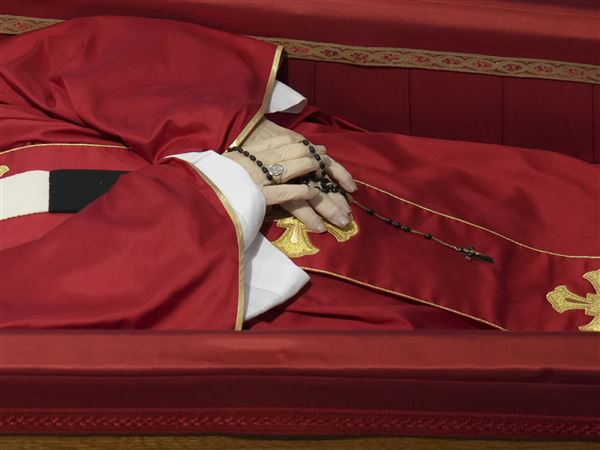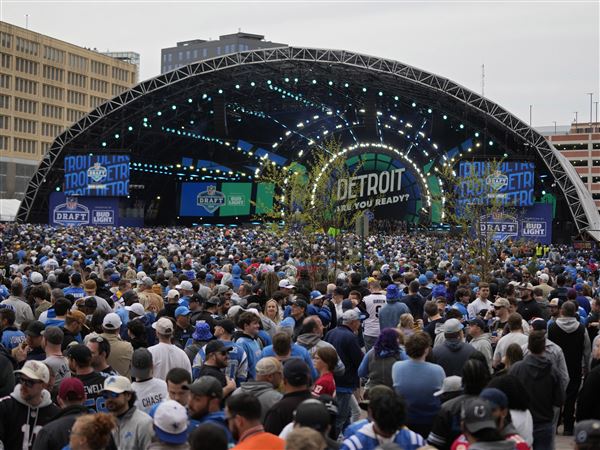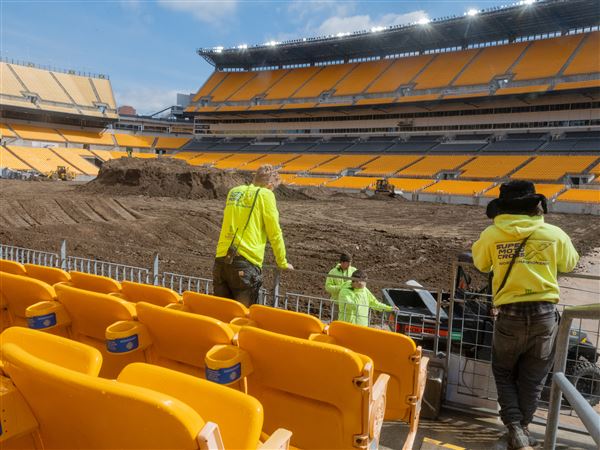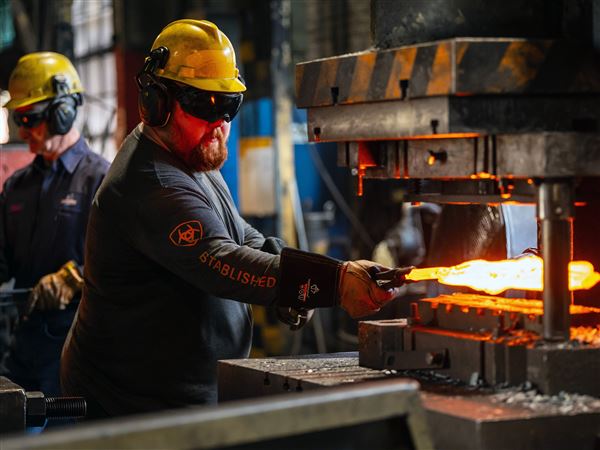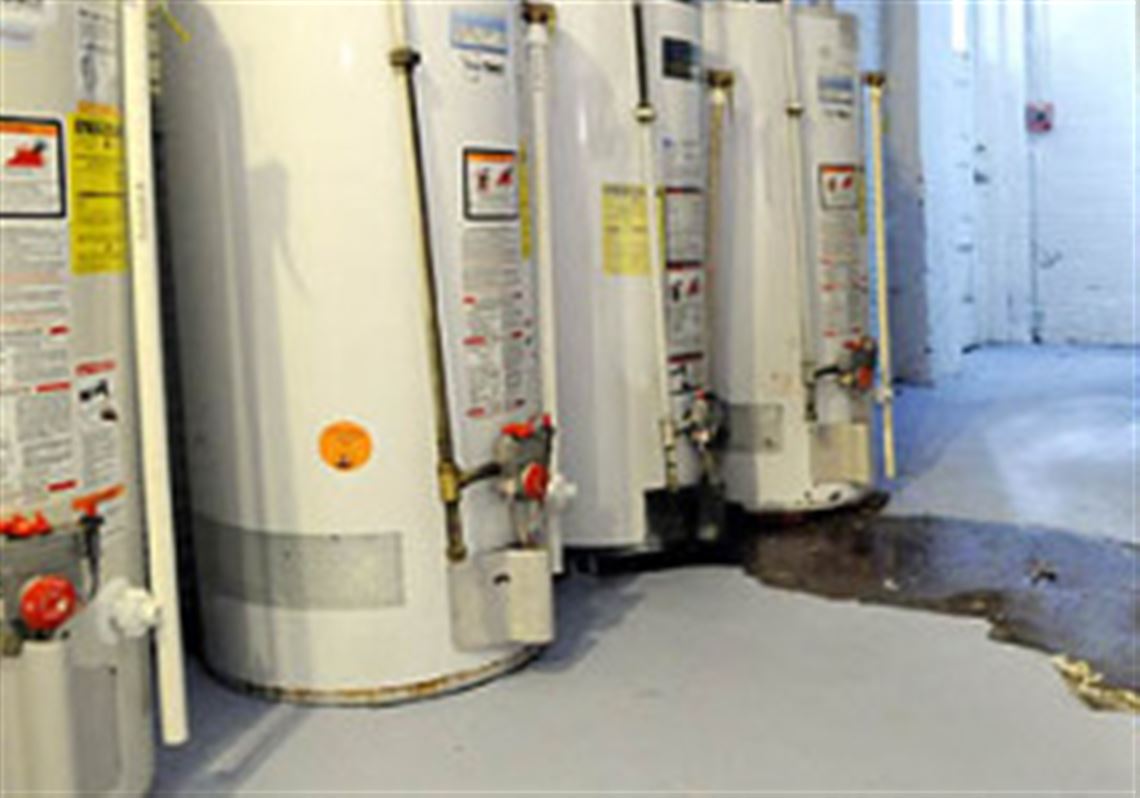New federal regulations for the efficiency of water heaters go into effect April 16 and will lead to higher replacement prices for homeowners but possibly long-term utility bill savings.
The Department of Energy’s National Appliance Energy Conservation Act sets higher energy-factor requirements designed to reduce carbon dioxide emissions “equivalent to the annual greenhouse gas emissions of about 33.8 million automobiles,” according to the department’s website.
Water heaters bought after the standards go into effect will be slightly larger than current models because they have more insulation and redesigned internal parts and thus will have a purchase price about 35 percent higher.
Now, the cost to buy and install a typical water heater is about $900, though this can vary widely depending on water storage capacity and whether natural gas or electricity powers the heater.
A comparable new model and installation will cost about $1,250, said John L. Sullivan of Sullivan Plumbing, Heating and Cooling, based in East McKeesport.
But additional installation costs could arise if the new model, because of its bigger size, doesn’t fit into the old heater’s space.
And even though the new models are larger, they will hold slightly less water, Mr. Sullivan said, because some of the space is taken up by additional insulation.
Mark Cooper of the American Federation of Consumers and information from the American Council for an Energy Efficient Economy assure consumers that they will recoup the extra cost through cheaper utility bills within two to 10 years of purchasing the heater, depending on its size and energy source.
According to Mr. Sullivan, most homeowners in the Pittsburgh region have 40-gallon gas-fired water heaters. When those need to be replaced, the Department of Energy estimates that consumers will recoup the extra cost through reduced energy bills in two years.
Heating water accounts for about 18 percent of energy consumption in households, according to the U.S. Energy Information Administration.
That cost is not evident in a gas or electric bill, Mr. Cooper said, so “manufacturers don’t have a big incentive to maximize efficiency.”
The new standards compel manufacturers to address that wasted energy, he said.
Manufacturers and plumbing and heating services will be permitted to sell existing overstock of old models past April 16.
Mr. Sullivan predicts that overstock will be gone within two months, so he suggests that consumers buy soon if they want to avoid the cost of the more energy-efficient heaters.
Tankless water heaters are an option for those who don’t want to make room for the bulkier new appliances.
Tankless heaters don’t have water storage containers, but instead heat water on demand, so hot water never runs out.
Because they are already more efficient than heaters that use tanks, the new standards do not apply to them.
They cost about three times more than regular heaters, but, according to Mr. Sullivan, last about three times longer than the average lifetime of eight to 10 years for heaters that use tanks.
First Published: March 31, 2015, 4:00 a.m.

